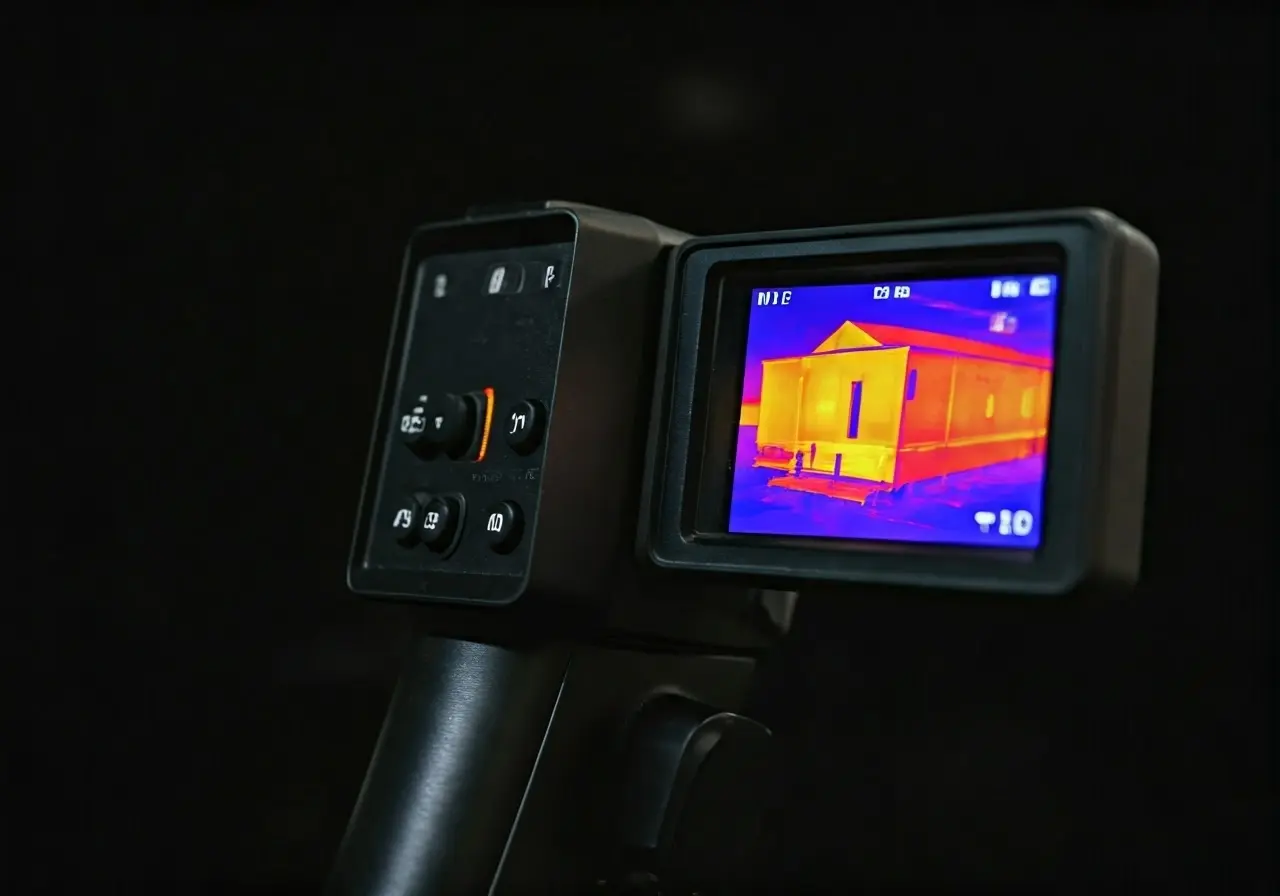Are Thermal Cameras Effective for Nighttime Security?
In today’s world, ensuring security and safety during nighttime can be quite challenging. With advancements in technology, thermal cameras have emerged as a potential solution for enhancing nighttime security. But are they truly effective? In this FAQ, we’ll explore how thermal cameras work and their benefits for nighttime security.
What Are Thermal Cameras?
Thermal cameras are devices that capture images based on heat, rather than visible light. They work by detecting the infrared radiation emitted by objects, allowing them to see in complete darkness. This unique capability enables them to perform in environments where traditional cameras might struggle, such as in pitch black or obscured conditions. The technology behind these cameras is rooted in their ability to translate the heat signatures of objects into a visual image, akin to how a monochrome vision of the world based on temperature might appear.
Understanding the core functionality of thermal cameras is crucial to appreciate their application in security. Essentially, all objects emit a certain level of infrared radiation, which is invisible to the human eye but detectable by thermographic cameras. Thermal imaging can thereby outline the silhouettes of people and other living creatures, essential for identifying threats or monitoring personal property. The sensitivity of the thermal sensors determines the clarity and detail of these images, with more advanced models capable of distinguishing subtle temperature differences.
Thermal cameras have truly revolutionized the field of surveillance and security, by enabling sight in total darkness and under conditions that obscure vision, such as smoke or fog. Their capability to detect heat signatures is invaluable, extending beyond simple security applications to uses in medical diagnostics, firefighting, and even wildlife observation. These diverse applications underline the robustness and versatility of thermal imaging technology.
How Do Thermal Cameras Enhance Nighttime Security?
Thermal cameras provide a clear image regardless of lighting conditions, making them ideal for identifying intruders or monitoring large areas during the night. One major advantage is their ability to function in environments that could hinder standard cameras, effectively allowing security personnel to see through adverse weather conditions such as heavy fog or rain that could obstruct visibility. This feature significantly reduces the chances of unauthorized access or property damage.
Interestingly, thermal cameras not only detect the presence of humans but can also discern between human activity and other disruptors, such as animals or environmental changes. Their ability to accurately categorize different heat signatures is particularly helpful in reducing false alarms, a common problem in security systems relying solely on traditional motion sensors. This precision aids security teams in focusing their attention where it truly matters, thereby increasing response effectiveness.
Moreover, incorporating thermal cameras into a perimeter intrusion detection system (PIDS) amplifies the security framework’s effectiveness. According to Best Practices for Recommending Thermal Cameras, thermal cameras enhance situational awareness by providing early warning of perimeter intrusions, giving security personnel a crucial advantage in threat detection and response. This attribute is especially significant for high-security areas or remote facilities where rapid response to breaches is paramount.
What Are the Benefits of Using Thermal Cameras?
Some advantages include enhanced visibility in total darkness, penetrating smoke or fog, and improved detection of hidden objects, making them invaluable for security applications. The ability of thermal cameras to function independently of visible light sources provides a strategic edge over traditional surveillance systems that require ambient light. In industrial settings, this means comprehensive monitoring without the addition of external lighting solutions, which can save on energy costs and infrastructure investments.
Furthermore, as described in the Security Info Watch, the inclusion of thermal cameras in security setups ensures compliance with safety and performance standards, making them reliable choices for both industrial and governmental applications. Their potential for integration with existing video management systems further facilitates seamless operations, minimizing downtime and maximizing coverage efficiency.
High sensitivity, a feature highlighted in the referenced source, directly translates to the ability to detect finer details. This leads to superior object detection and classification, crucial for areas that necessitate around-the-clock vigilance. The incorporation of thermal cameras yields a proactive security stance, which is preferable over reactive measures that may come too late in unauthorized breaching incidents.
Are There Any Limitations to Thermal Cameras?
While effective, thermal cameras may have limitations such as higher costs and vulnerability to weather conditions that can affect accuracy. Understanding these can help users make informed decisions. Like all technologies, thermal cameras require upkeep and occasional hardware upgrades to maintain their efficacy, which adds to the long-term investment required to keep them operational.
Additionally, while thermal cameras excel in detecting variations in heat, they may not provide the detailed visual information that a high-resolution visible light camera would. This means that while they can efficiently signal an intrusion or suspicious activity, supplementary systems might still be needed for facial recognition or identifying license plates. Consequently, implementing a balanced security solution that synergistically uses both thermal and optical cameras can mitigate this limitation.
It’s also important to consider the operating environment when deploying thermal cameras. Extreme temperatures or the presence of reflective surfaces can sometimes obscure or distort the heat signature of objects, leading to less precise readings. Despite these challenges, the benefits often far outweigh the limitations, offering a robust solution for improving nighttime security.
Thermal Cameras: A Game Changer for Nighttime Security
In conclusion, thermal cameras are highly effective tools for nighttime security due to their ability to detect heat rather than relying on visible light. This makes them incredibly useful in various scenarios where other surveillance methods may falter. By choosing the appropriate technology and understanding its limitations, individuals and businesses can greatly enhance their security measures during the night.
























































